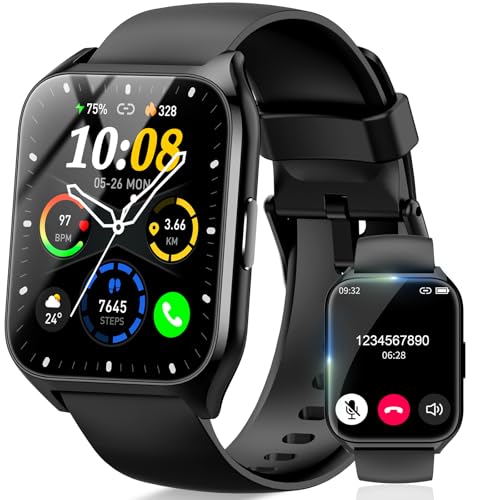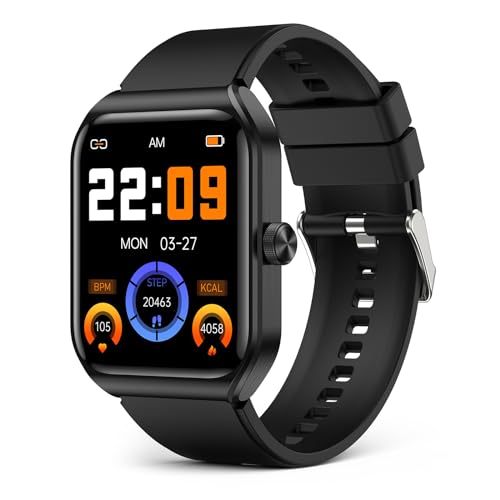
Imagine a world where your every move on the field or track is meticulously tracked and analyzed, offering you invaluable insights into your performance. What if you could fine-tune your training, optimize your recovery, and ultimately unlock your full athletic potential with the help of wearable technology? The intersection of sports and technology holds immense promise, but does it truly deliver on its lofty claims of improving athletic performance?
Benefits of Wearable Tech in Training
When utilizing wearable tech in training, you can track your performance metrics in real-time to optimize your workouts efficiently. By wearing devices like fitness trackers or smartwatches, you gain valuable insights into your heart rate, calories burned, steps taken, and even sleep patterns. These metrics help you tailor your training regimen to meet your specific goals, whether it’s improving endurance, increasing speed, or enhancing recovery.
Another benefit of wearable tech is the ability to set goals and receive real-time feedback on your progress. You can challenge yourself to reach certain milestones and get immediate updates on how you’re performing. This instant feedback not only keeps you motivated but also allows you to make quick adjustments to your training as needed.
Moreover, wearable tech promotes accountability by keeping a record of your workouts and activities. You can easily track your progress over time, identify patterns, and stay consistent in your training. This accountability factor can significantly enhance your overall athletic performance and help you stay on track towards achieving your fitness objectives.
Monitoring Performance in Real-Time
Utilizing wearable tech allows you to monitor your athletic performance in real-time, providing valuable insights to optimize your training effectively. With real-time monitoring, you can track metrics such as heart rate, distance covered, speed, and even biomechanical data while you train or compete. This immediate feedback enables you to make instant adjustments to your performance, ensuring that you stay on target with your goals.
Enhancing Recovery Through Data Analysis
To optimize your recovery process after intense training sessions, analyzing data collected from wearable tech can provide valuable insights and tailor your post-workout strategies for better results. By utilizing data analysis, you can gain a deeper understanding of your body’s response to training, helping you adjust your recovery routines accordingly. Wearable tech devices like fitness trackers and smartwatches can monitor metrics such as heart rate variability, sleep patterns, and even muscle fatigue levels, offering you a comprehensive picture of your physical condition.
Analyzing this data allows you to identify trends and patterns in your recovery process, enabling you to make informed decisions on when to push harder or when to prioritize rest. For instance, if the data shows consistently low heart rate variability, it may indicate that you need more recovery time before engaging in another intense workout. By leveraging these insights, you can optimize your recovery strategies and ultimately enhance your overall athletic performance.
Challenges and Limitations of Wearable Tech
Analyzing data from wearable tech for athletic performance can reveal insights, but understanding the challenges and limitations of such devices is crucial for maximizing their effectiveness. One significant challenge is the accuracy of the data collected. Factors like device placement, sensor quality, and individual variability can impact the reliability of the information gathered. Additionally, the interpretation of the data poses a challenge since athletes may not always understand how to translate the insights into actionable improvements.
Another limitation is the potential for data overload. With an abundance of information available, athletes and coaches may struggle to identify the most relevant metrics for enhancing performance. Moreover, privacy and data security concerns arise when dealing with sensitive personal information stored on these devices.
Furthermore, the cost of acquiring and maintaining wearable tech can be prohibitive for some athletes and teams, limiting access to these performance-enhancing tools. As technology continues to evolve, addressing these challenges and limitations will be crucial in harnessing the full potential of wearable tech for athletic performance.
Trending Products



![Smart Watch for Women, Answer/Make Calls, Alexa Built-in, [1.8″HD Screen] Smart Watches for Women iPhone/Samsung/Android, Fitness Watch with Heart Rate Sleep SpO2 Monitor,IP68 Waterproof, 100+ Sports](https://m.media-amazon.com/images/I/41sW5jNVoyL._SS500_.jpg)










